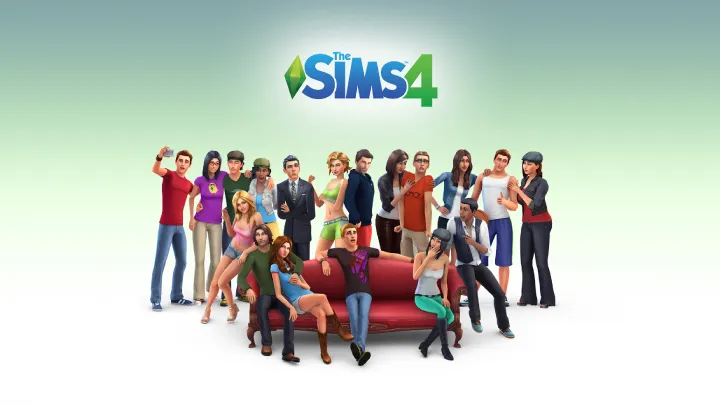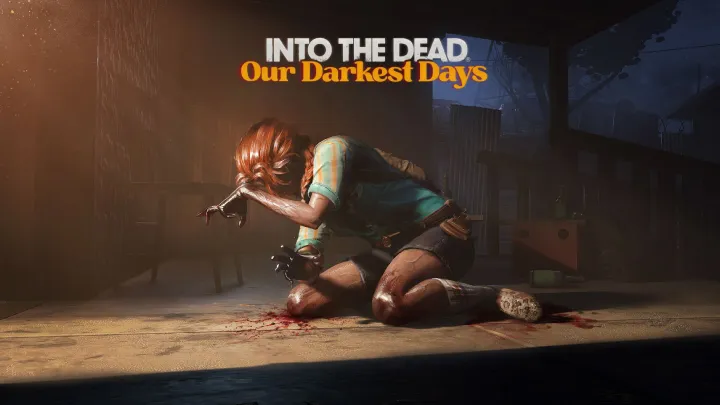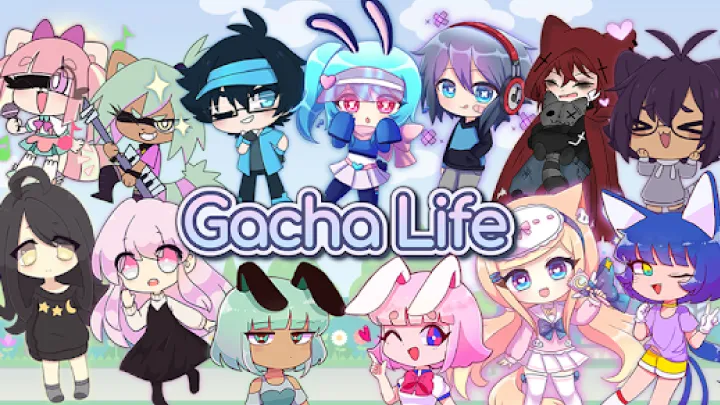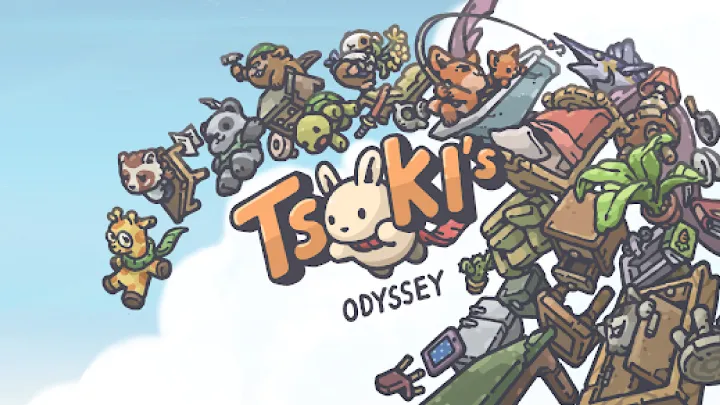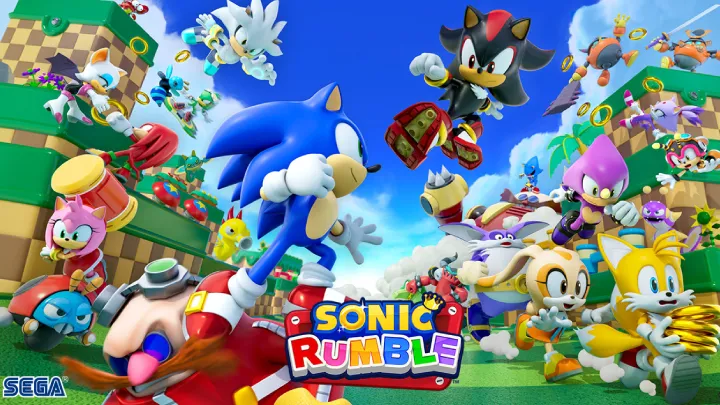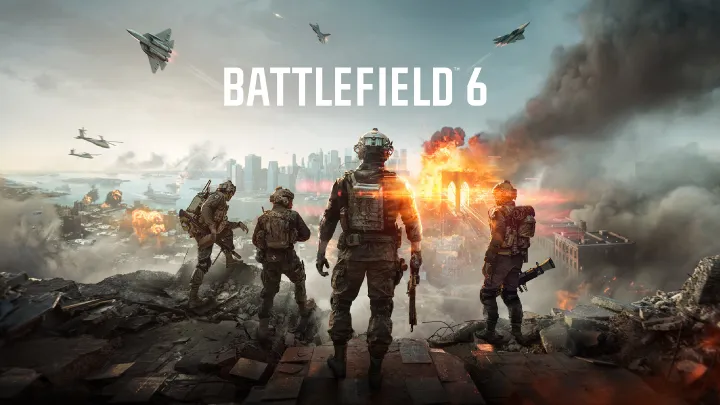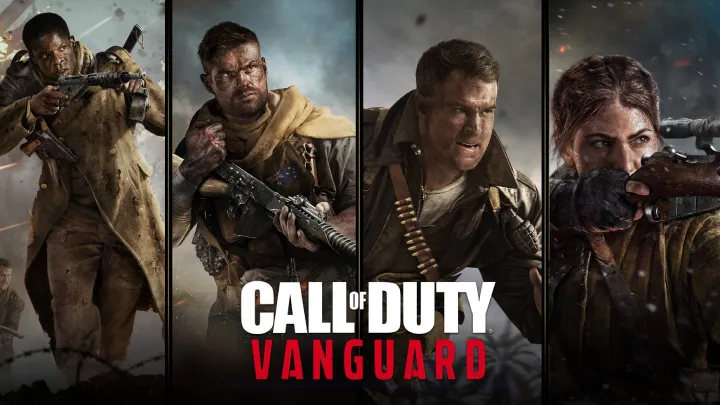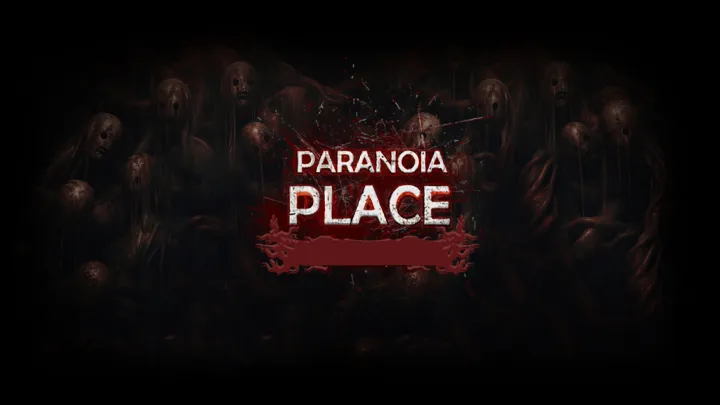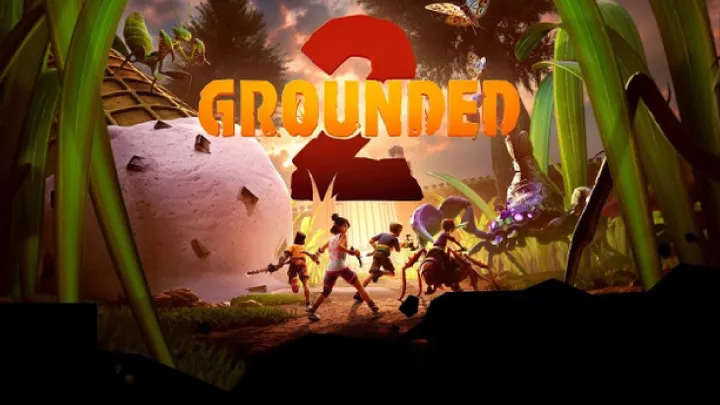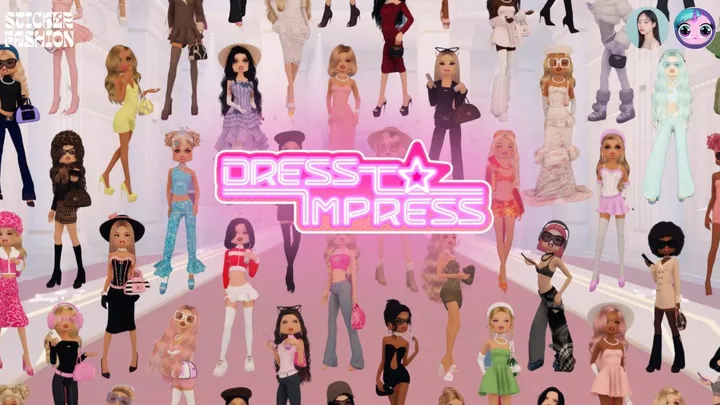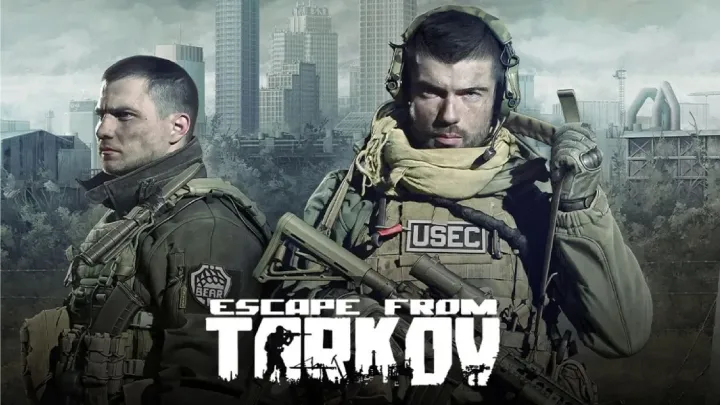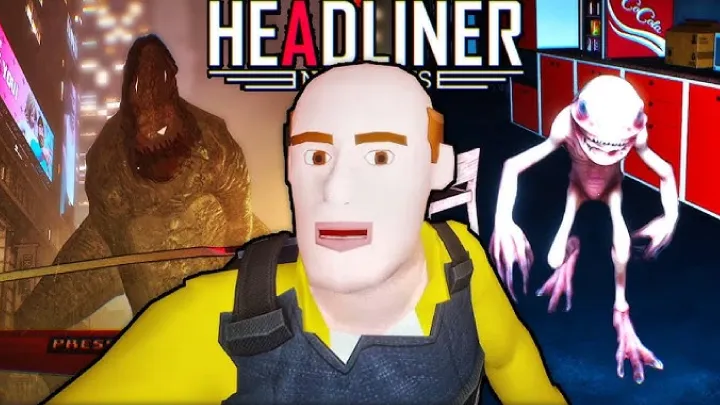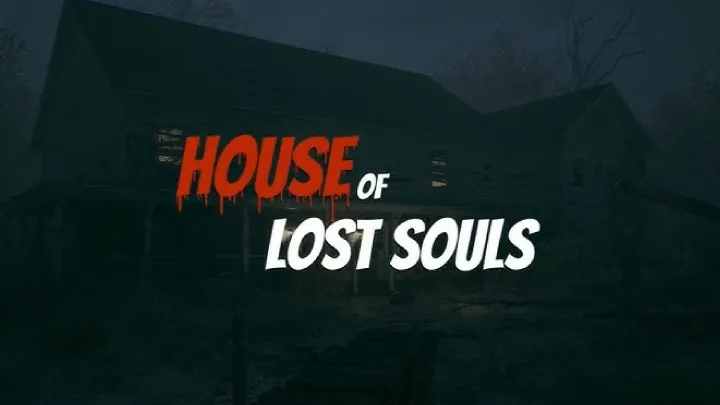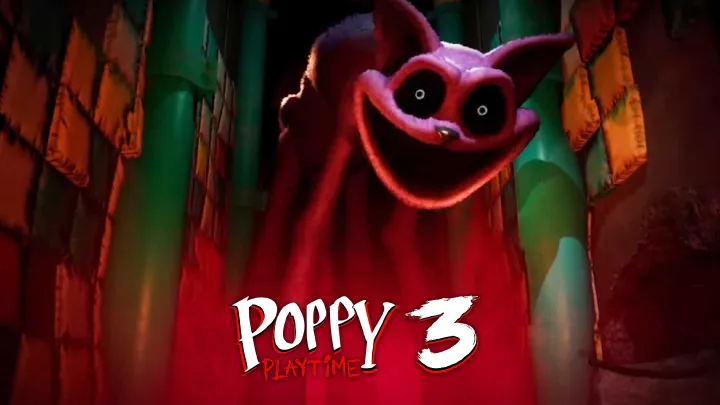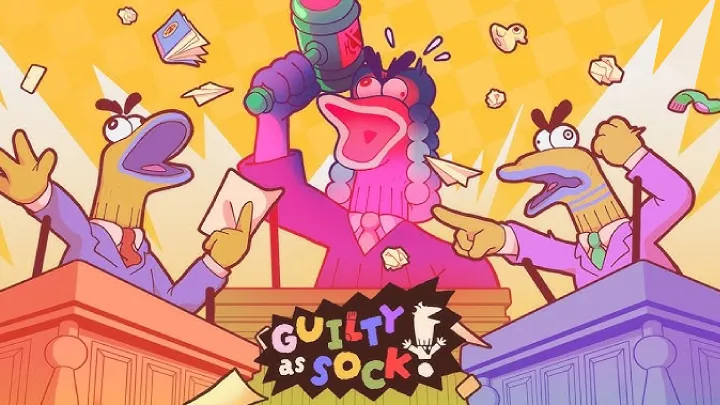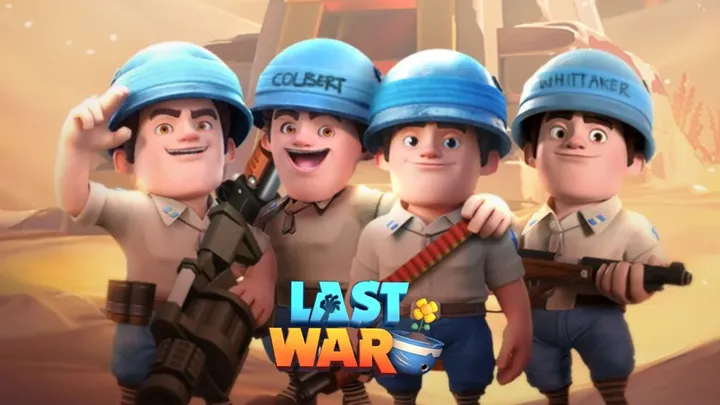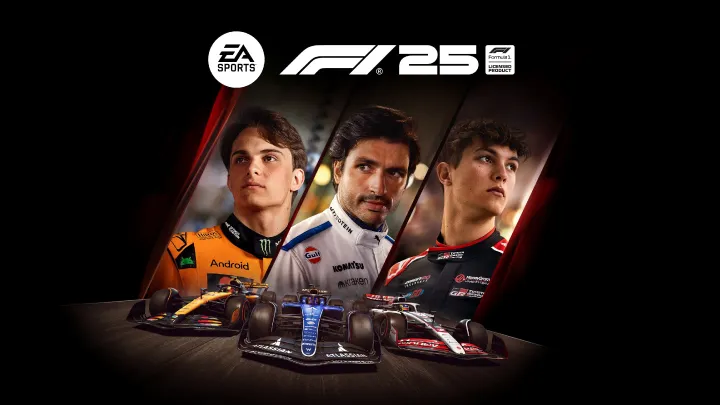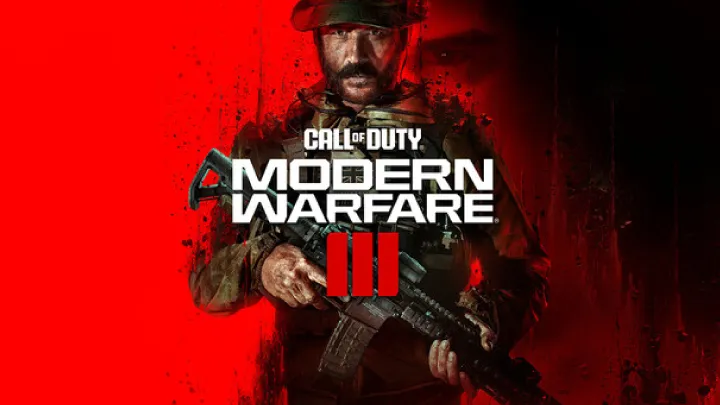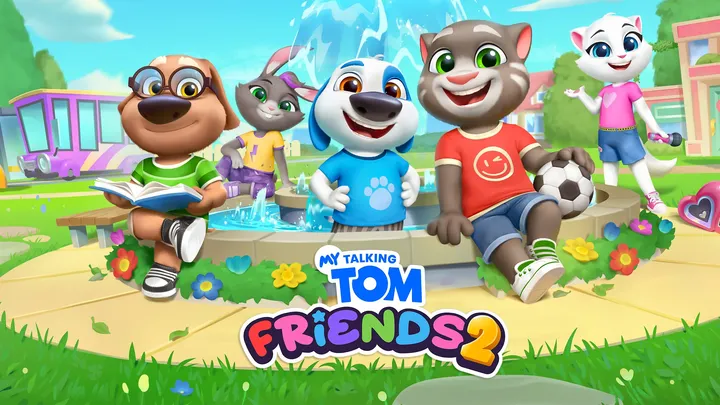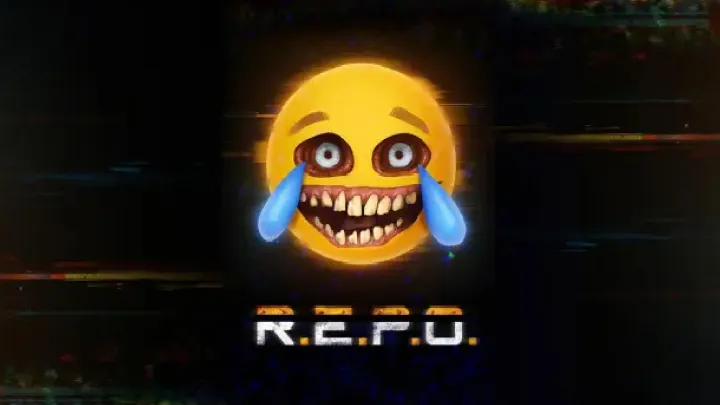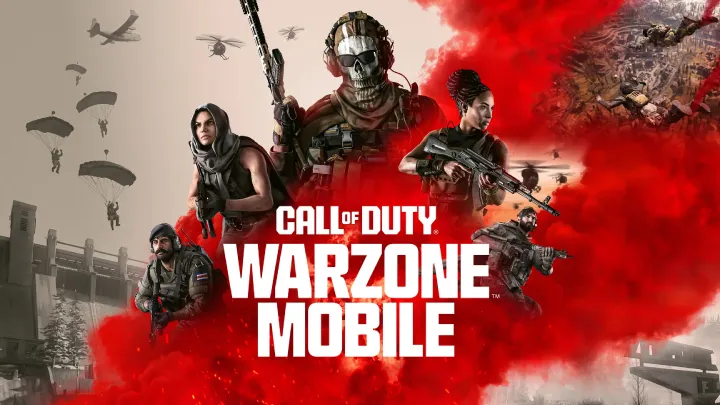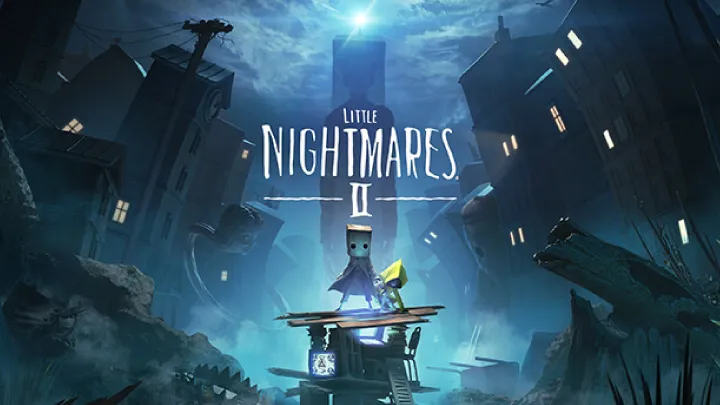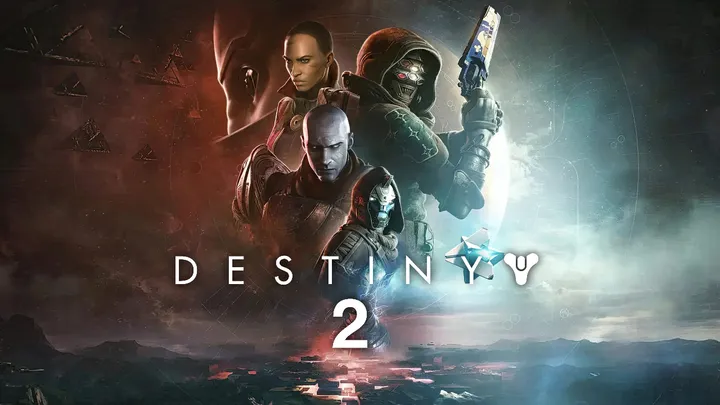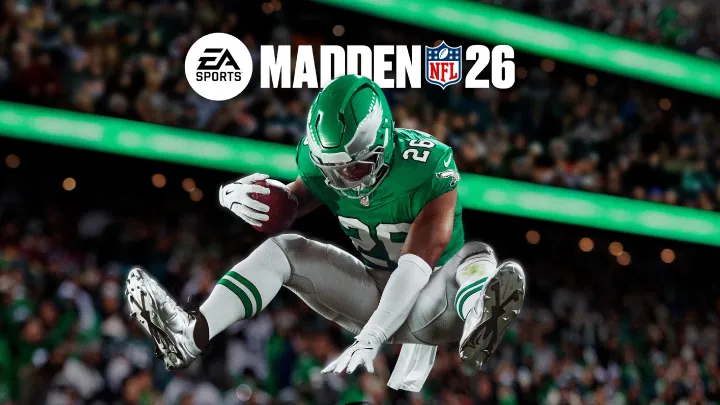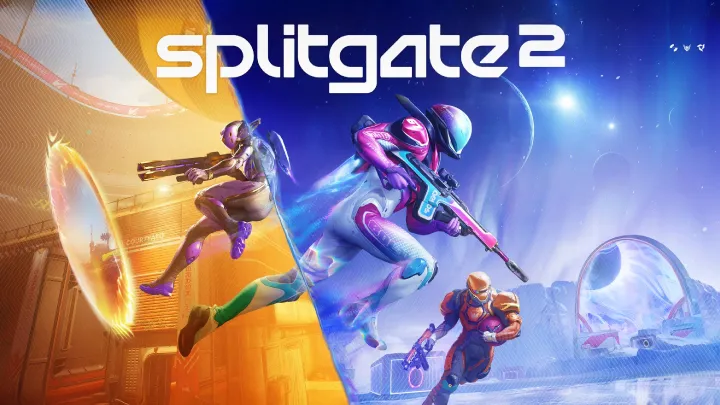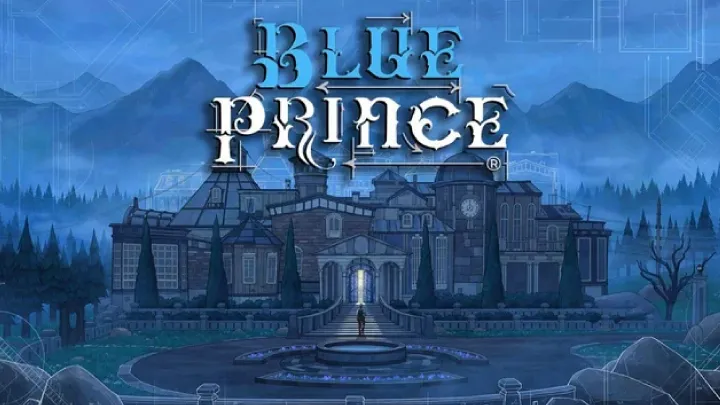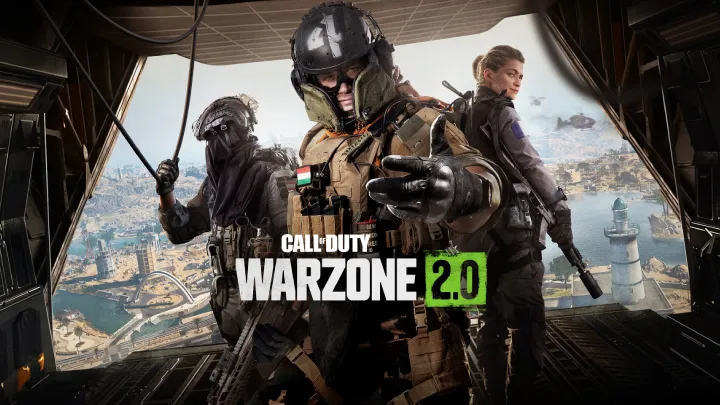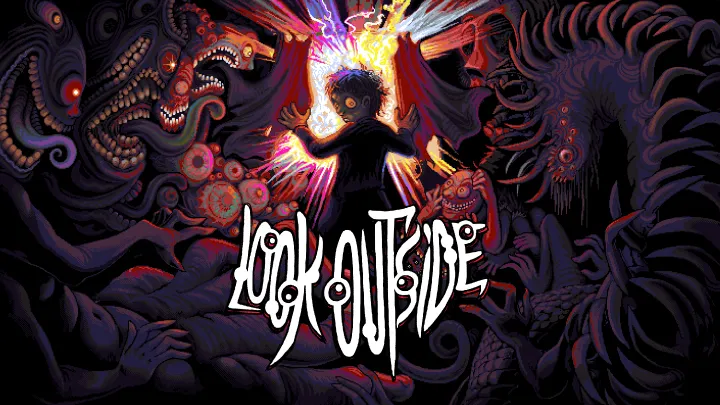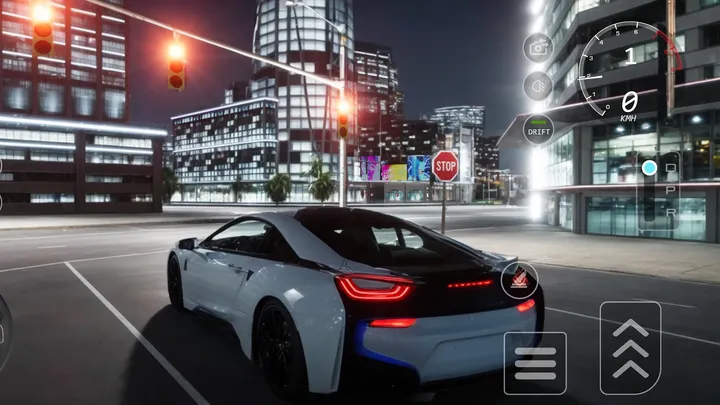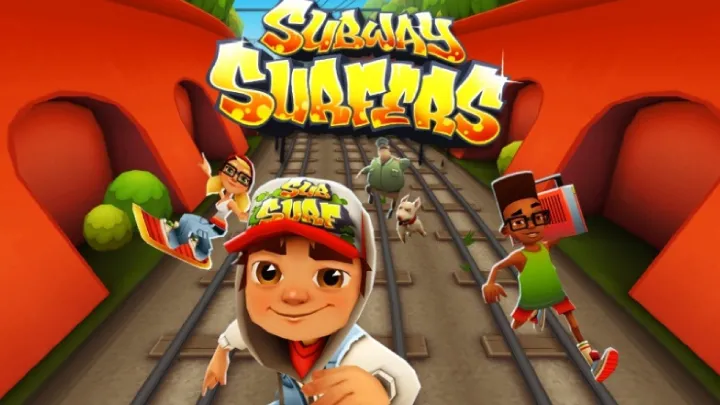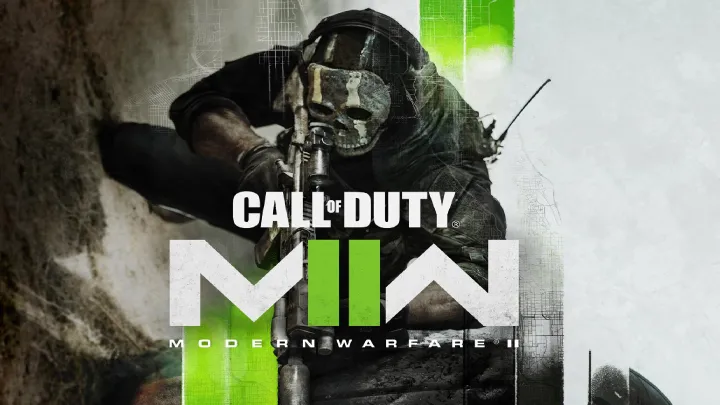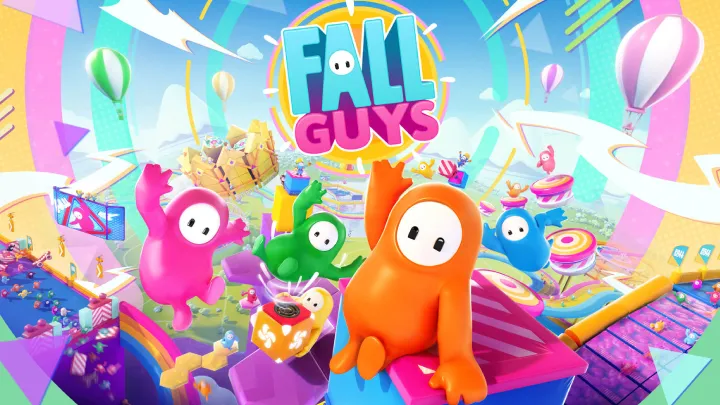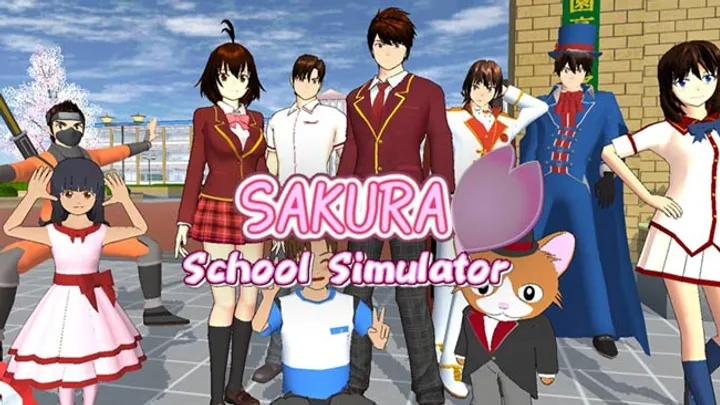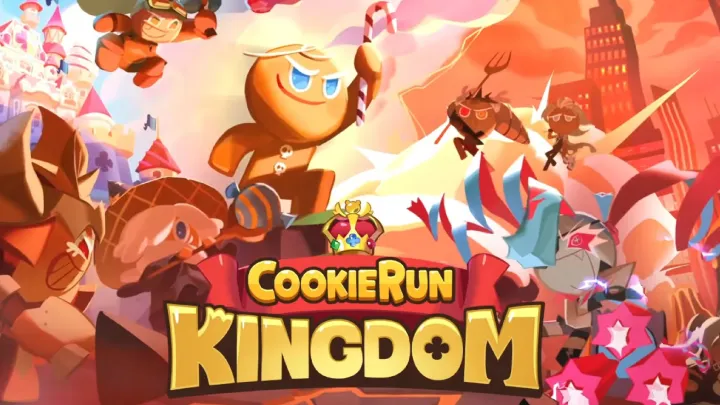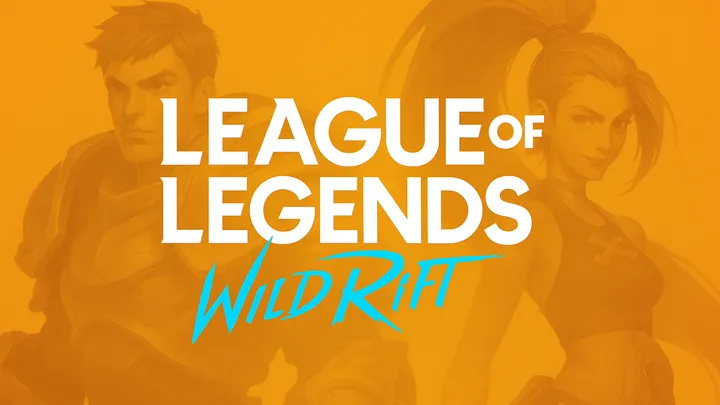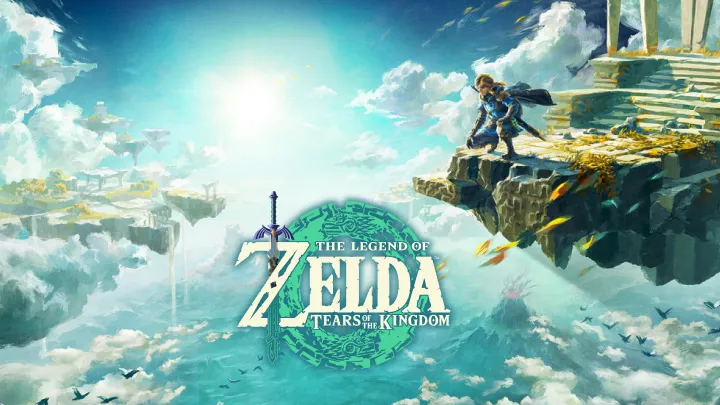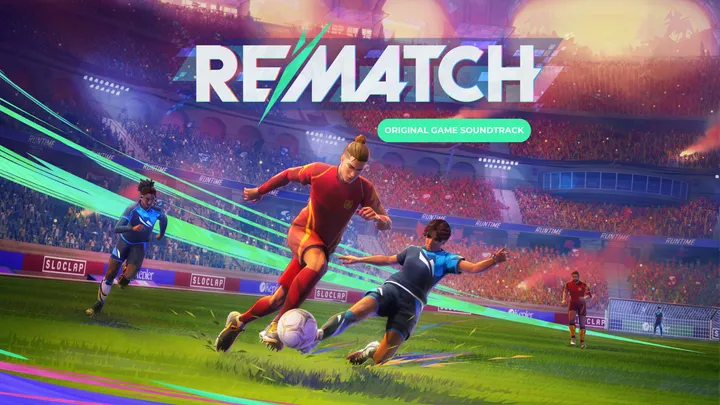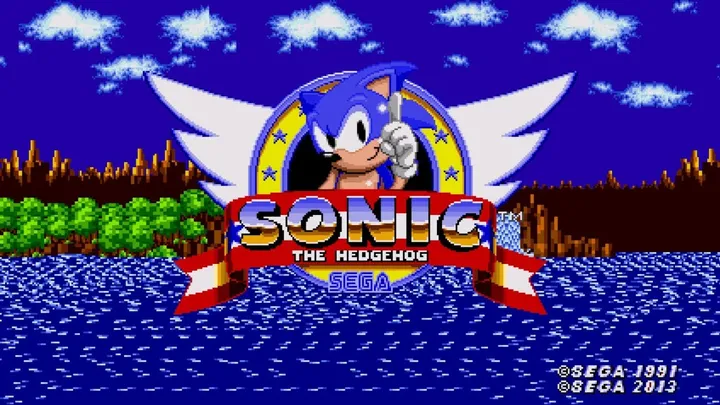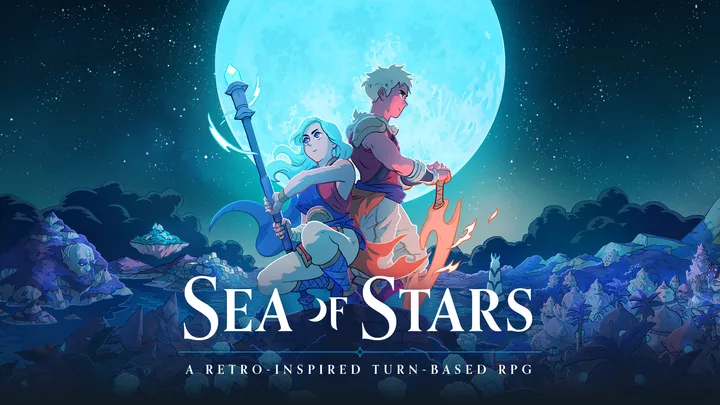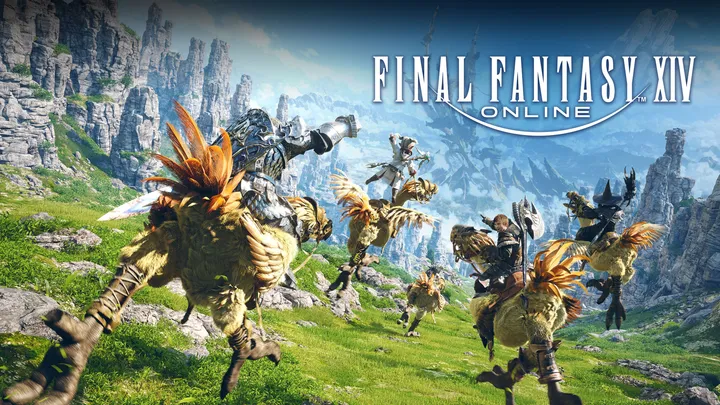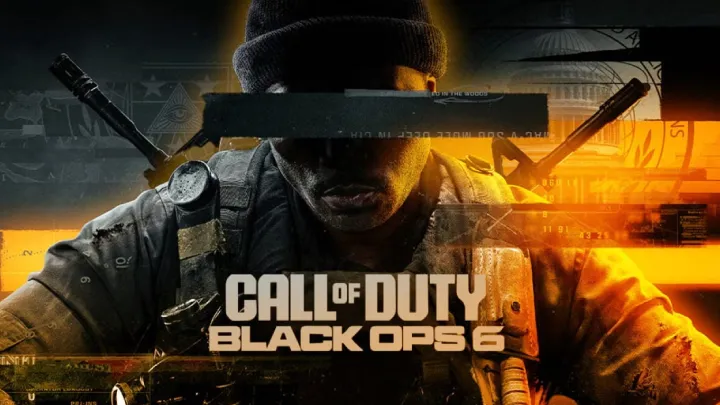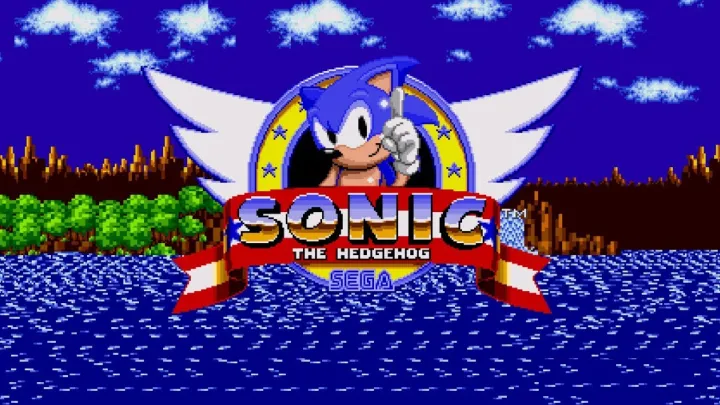Introduction
Splitgate 2, developed and published by 1047 Games, launched on May 15, 2025, for PC, PlayStation, Xbox, and Steam Deck, delivering a free-to-play arena shooter that builds on its predecessor with portal-based combat. Players engage in fast-paced matches using portals for tactical maneuvers, featuring new classes, a battle royale mode, and enhanced movement, priced with optional cosmetic bundles and a battle pass. It generated significant anticipation following its beta reveal at Summer Game Fest 2024 and community playtests, showcased in player-shared gameplay clips and developer livestreams. Early feedback praised its fluid movement and portal mechanics, though some noted balance issues and server instability. This review explores its narrative, world, gameplay, and technical execution to assess its evolution as a portal-driven shooter.
Narrative & Storytelling
Splitgate 2 crafts its narrative through a player-driven storyline that emerges through match outcomes and faction dynamics. Players join the Sol Splitgate League as Aces from factions like Aeros, Meridian, and Sabrask, with the story unfolding through pre-match briefings, class lore, and environmental hints within the futuristic arenas. The narrative arc centers on competitive dominance, with key moments—such as a clutch portal flank or a battle royale victory—adding a sense of strategic triumph. These moments foster a sense of rivalry and skill, evolving from casual skirmishes to intense showdowns.
However, the lack of a deep overarching plot might leave some wanting a richer storyline, as the experience relies on emergent narratives—player strategies, faction rivalries, or match highlights—that depend on individual engagement. The storytelling excels in its competitive energy and faction identity, though its depth hinges on the participant’s investment in the arena battles, making it a thrilling spectacle for those who embrace its focus on action.
World & Environments
The world of Splitgate 2 centers on a series of futuristic arenas, featuring diverse maps like vibrant urban zones, neon-drenched cyberpunk settings, and expansive battle royale landscapes, rendered with a sleek, colorful aesthetic. The environments shift with each match—rotating portals, dynamic lighting, or collapsing structures—enhanced by interactive elements like portal points, power weapons, and destructible cover, creating a dynamic backdrop. Sound design, with pulsing synth tracks, weapon echoes, and portal hums, builds an immersive atmosphere, while visual effects like particle effects or jetpack trails add tactical variety.
Yet, the focus on fixed arenas might limit environmental evolution over time, as the emphasis remains on combat zones rather than a living world. The design prioritizes a fast-paced, evolving setting, which could feel repetitive for players seeking broader exploration. Community feedback celebrates the visual upgrade and map variety, though some note balance concerns, suggesting a world that thrives in action but may benefit from refinement to sustain engagement.
Gameplay Mechanics
Core Loop
The core loop revolves around arena combat and extraction, where players fight and extract within 10-20 minute sessions, offering a high-energy rhythm. The cycle of portal tactics, objective control, and looting drives a compelling flow, encouraging frequent play.
On-Field Mechanics
The gameplay hinges on arena shooter mechanics, where players use portals, jetpacks, and class abilities to outmaneuver foes, with tactical depth added by map control and weapon variety. Multiplayer modes like 4v4 and battle royale introduce variety, though balance issues with portal utility can disrupt flow. The mechanics reward skill and adaptability, demanding mastery to overcome their dynamic challenge.
Mode-Specific Features
The primary modes include Team Deathmatch, Domination, and Battle Royale, with objectives like kills, point capture, or last stand providing goals. Class abilities and power weapons add variety, while leaderboards offer competition. The range of activities caters to different playstyles, but balance adjustments for mode pacing and portal effectiveness lag, a point raised in early feedback.
Progression & Multiplayer
Progression includes earning XP, unlocking cosmetics, and upgrading classes, balancing effort with aesthetic and competitive rewards in a system that feels rewarding based on initial play. The game supports multiplayer with up to 12 players per match, with real-time combat and squad coordination, though server issues limit accessibility. The progression and multiplayer elements thrive on skill mastery, requiring refinement to enhance fairness.
Technical Execution
Splitgate 2 delivers a visually striking experience with its vibrant graphics, smooth animations, and dynamic effects, optimized across platforms with moderate requirements. Post-launch updates have addressed stability, with patches like the June 2025 balance update adding content, though occasional glitches like latency, crashes, and optimization issues persist. Audio impresses with an adrenaline-pumping score and weapon sounds, though repetitive loops can detract over long sessions.
Controls are responsive with precise inputs, offering a natural feel across controllers and keyboards, though the lack of touch support limits versatility. Ongoing updates are refining core systems, but initial technical hiccups suggest continued optimization is needed. The execution supports the shooter focus, with visuals and movement as strengths amid polish challenges.
Community Feedback
Splitgate 2 has cultivated a passionate community, with early praise for its movement, portal mechanics, and class system, though concerns about balance, server issues, and battle royale reception surface from player discussions. Excitement for updates and map variety is widespread, but frustration with latency and microtransaction prices persists. Community feedback drives development, sustaining interest, and player retention remains moderate, fueled by its free-to-play model and developer responsiveness.
Criticism centers on technical stability and monetization, with players noting latency and a desire for better anti-cheat or price adjustments, alongside debates over battle royale viability. The community’s active input shapes updates, reflecting a group eager to see the game evolve into a polished shooter, with initial Steam reviews showing a mixed but engaged reception.
Final Verdict
Splitgate 2 delivers a thrilling arena shooter experience with its innovative portals and fluid movement, celebrating a unique combat twist. Its variety and visuals shine, though balance issues and technical challenges pose hurdles. It’s a must-play for shooter fans, with patience required as updates refine the experience.
